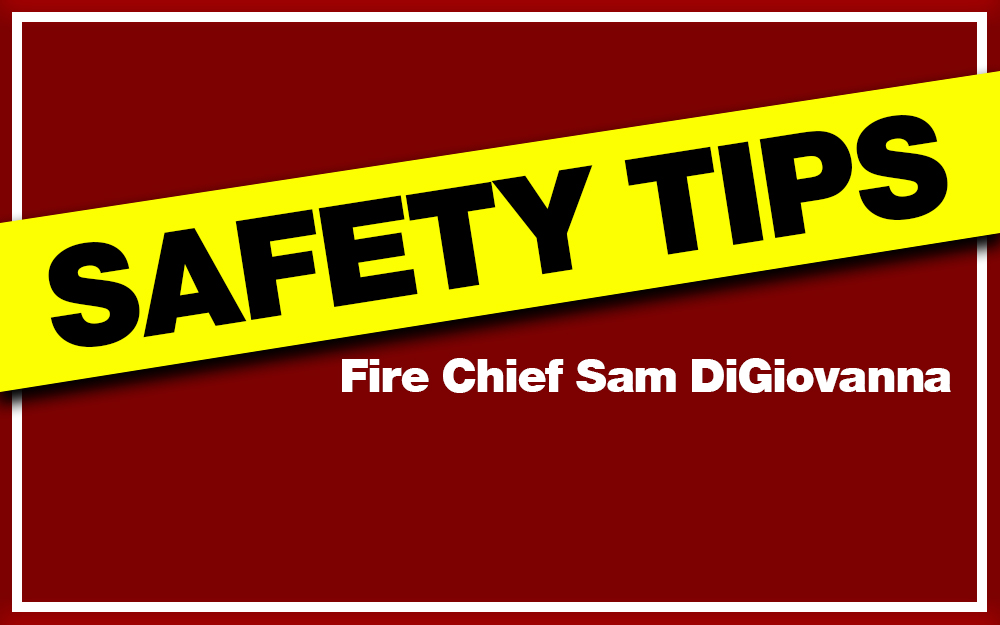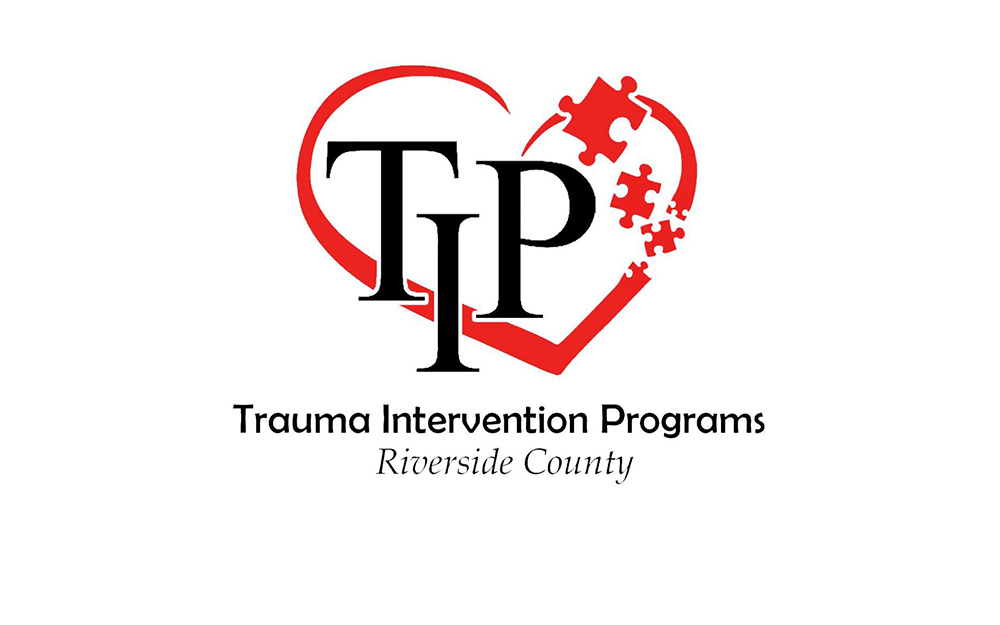
By Fire Chief Sam DiGiovanna
“With the coming of spring and warmer weather conditions, snakes of many species are through hunkering down, making human encounters with these elusive creatures more likely. Although most native snakes are harmless, the California Department of Fish and Wildlife (CDFW) recommends giving the venomous rattlesnake a wide berth – and knowing what to do in the event of a strike,” reminds Fire Chief Sam DiGiovanna.
Rattlesnakes are widespread in California and are found in a variety of habitat throughout the state from coastal to desert. They may also turn up around homes and yards in brushy areas and under wood piles. Generally not aggressive, rattlesnakes will likely retreat if given room or not deliberately provoked or threatened. Most bites occur when a rattlesnake is handled or accidentally touched by someone walking or climbing.
Rattlesnake bites have caused severe injury – even death. Firefighters have seen an increase in snakes bites this year.
The do’s and don’ts in snake country
Rattlesnakes are not confined to rural areas. They have been found in urban areas, on riverbanks and lakeside parks and at golf courses. The following safety precautions can be taken to reduce the likelihood of an encounter with a rattlesnake.
Be alert. Like all reptiles, rattlesnakes are sensitive to the ambient temperature and will adjust their behavior accordingly. After a cold or cool night, they will attempt to raise their body temperature by basking in the sun midmorning. To prevent overheating during hot days of spring and summer, they will become more active at dawn, dusk or night.
Wear sturdy boots and loose-fitting long pants. Never go barefoot or wear sandals when walking through brushy, wild areas. Startled rattlesnakes may not rattle before striking defensively.
Children should not wear flip-flops while playing outdoors in snake country.
When hiking, stick to well-used trails. Avoid tall grass, weeds and heavy underbrush where snakes may hide during the day.
Do not step or put your hands where you cannot see. Step ON logs and rocks, never over them, and be especially careful when climbing rocks or gathering firewood. Check out stumps or logs before sitting down, and shake out sleeping bags before use.
Never grab “sticks” or “branches” while swimming in lakes and rivers. Rattlesnakes can swim.
Be careful when stepping over doorsteps as well. Snakes like to crawl along the edge of buildings where they are protected on one side.
Never hike alone. Always have someone with you who can assist in an emergency.
Do not handle a freshly killed snake, as it can still inject venom.
Teach children early to respect snakes and to leave them alone.
Leash your dog when hiking in snake country. Dogs are at increased risk of being bitten due to holding their nose to the ground while investigating the outdoors. Speak to your veterinarian about canine rattlesnake vaccines and what to do if your pet is bitten.
Keeping snakes out of the yard
The best protection against rattlesnakes in the yard is a “rattlesnake proof” fence. The fence should either be solid or with mesh no larger than one-quarter inch. It should be at least three feet high with the bottom buried a few inches in the ground. Slanting your snake fence outward about a 30-degree angle will help. Keep vegetation away from the fence and remove piles of boards or rocks around the home. Use caution when removing those piles – there may already be a snake there. Encourage and protect natural competitors like gopher snakes, kingsnakes and racers. Kingsnakes actually kill and eat rattlesnakes.
What to do in the event of a snake bite
Though uncommon, rattlesnake bites do occur, so have a plan in place for responding to any situation. Carry a cell phone, hike with a companion who can assist in an emergency and make sure that family or friends know where you are going and when you will be checking in. In the event of a bite:
Stay calm but act quickly.
Remove watches, rings, etc., which may constrict swelling.
Transport the victim to the nearest medical facility.
For more first aid information, please call the California Poison Control System at (800) 222-1222.
What you should NOT do after a rattlesnake bite
DON’T apply a tourniquet.
DON’T pack the bite area in ice.
DON’T cut the wound with a knife or razor.
DON’T use your mouth to suck out the venom.
DON’T let the victim drink alcohol.










































